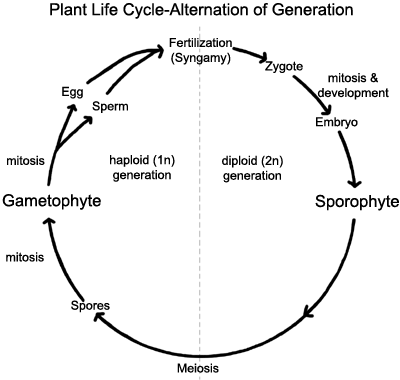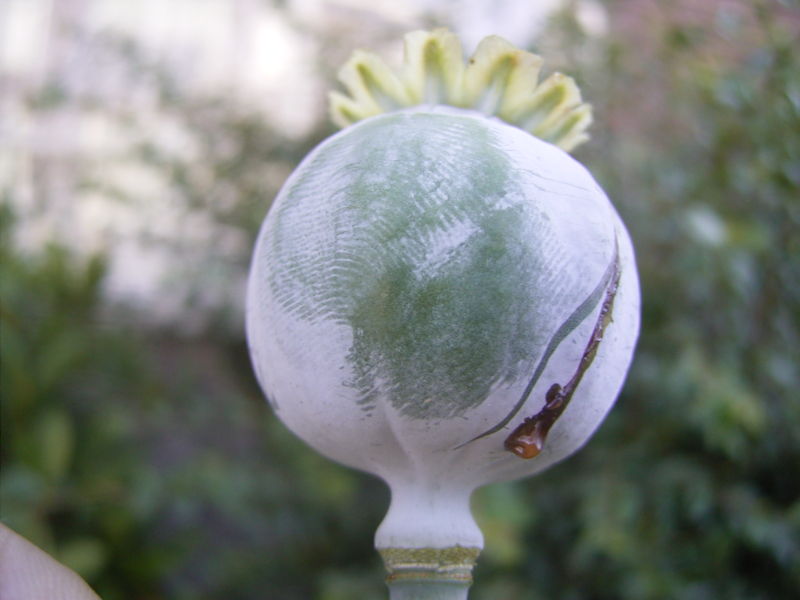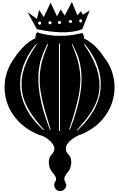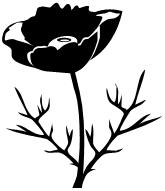Reproduction
The opium poppy is an annual plant, meaning that it germinates, flowers, fruits, and dies in one year (autumn to spring). It generally flowers from July to August. P. somniferum plants undergo an alternation of generations: a multicellular haploid phase and a multicellular diploid phase.

A diploid sporophyte produces haploid spores via meiosis. Then a haploid gametophyte produces haploid gametes via mitosis. The heterosporous sporophytes are the dominant generation. The gametophytes are unisexual.

To reproduce, the plant does through its life cycle and upon growing its ovary filled with seeds, which develops into a fruit, the valves or pores on the fruit allow the release of the seeds. Like many other angiosperms, P. somniferum relies on environmental factors such as wind, birds, and insects to disperse its seeds and achieve pollination. However, opium poppies mainly undergo self-pollination.

Above are the seeds of a Papaver somniferum plant, you can see by the 1mm line marked that they are pretty tiny!
Now that you know a thing or two about Papaver somniferum, check out some of the Adaptations that allow this plant to be the way it is and see how what other organisms it interacts with!

